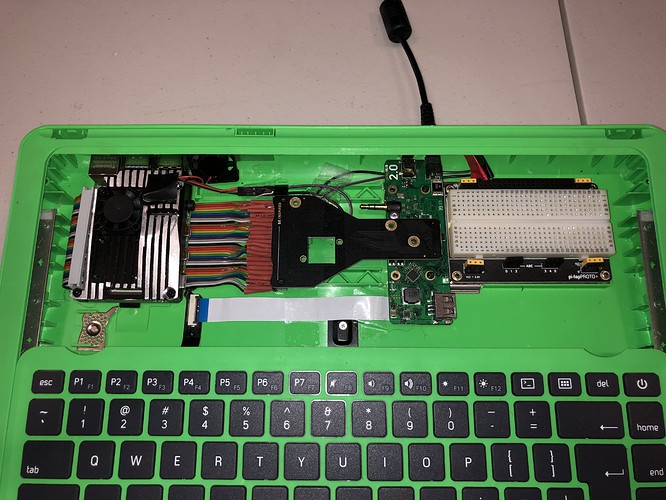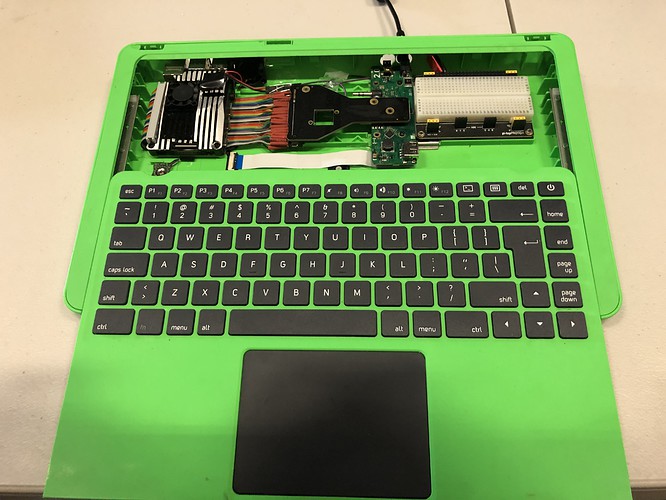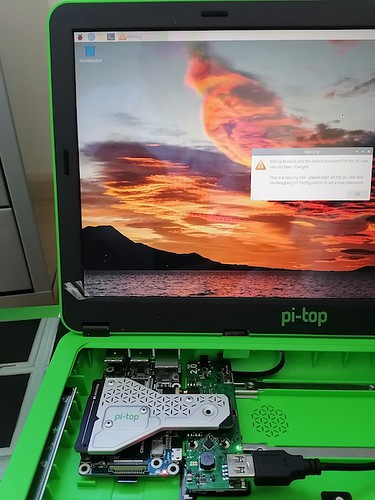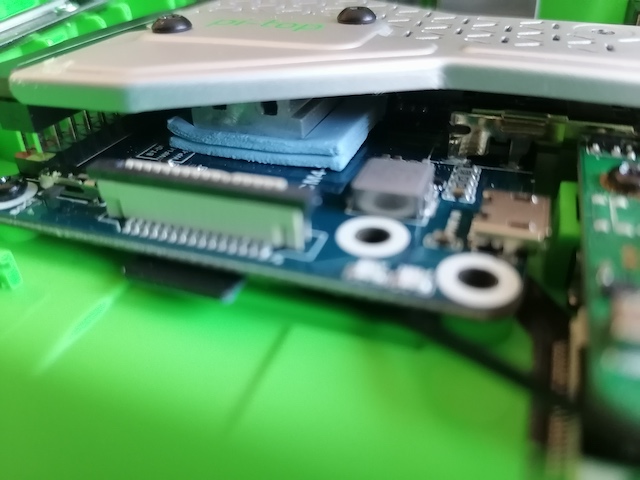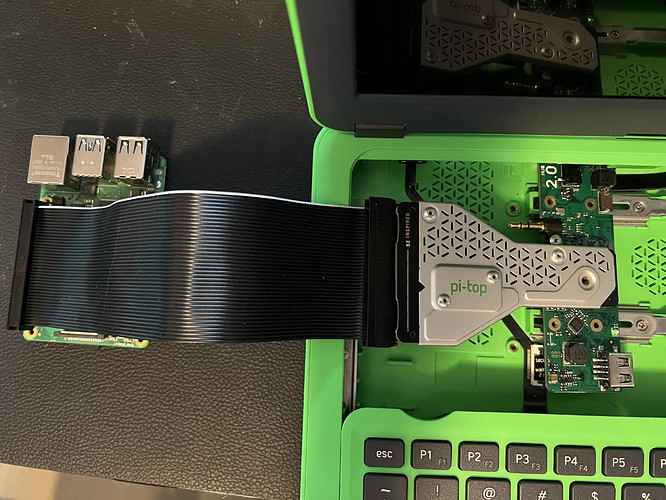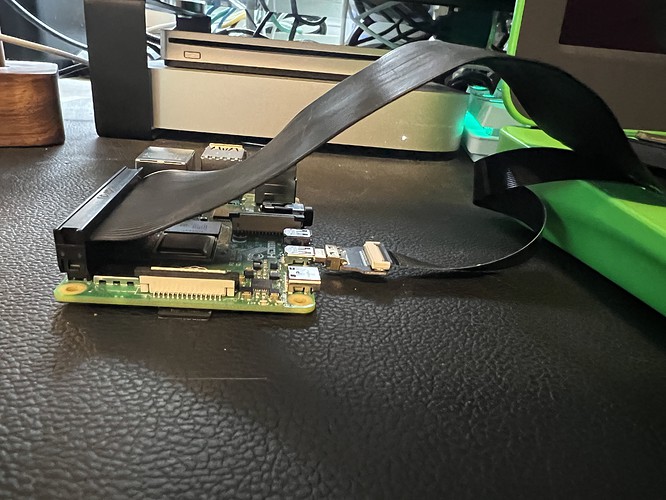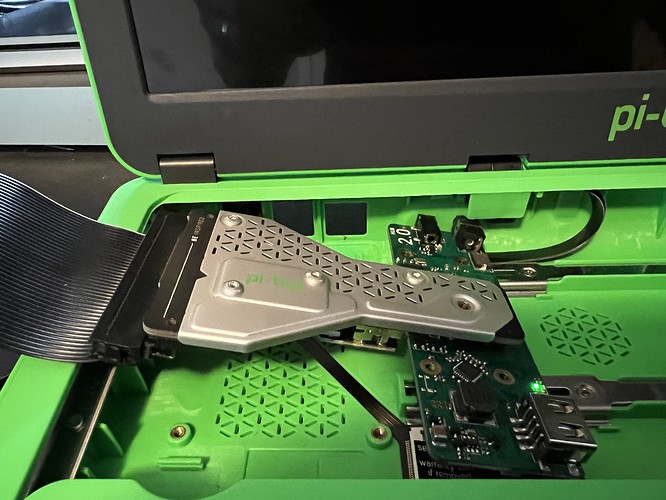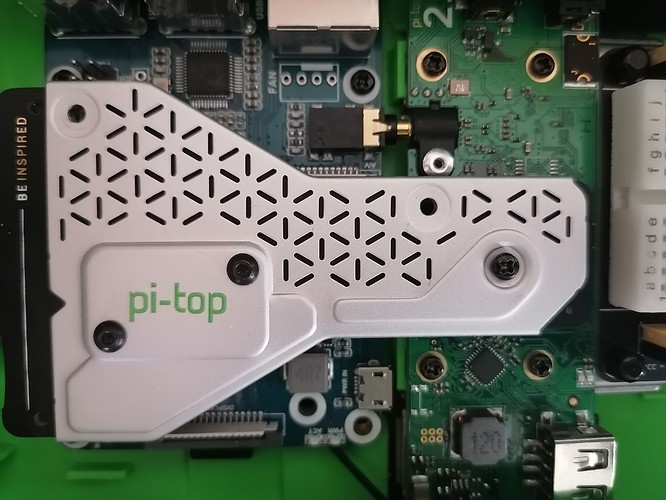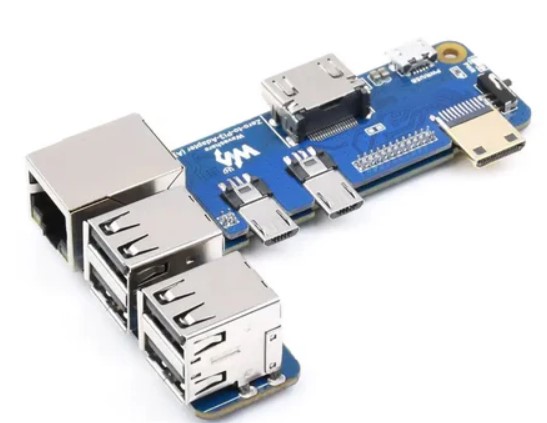New user here - I’ve been considering all of the options for converting to pi4, and they all have their benefits and drawbacks.
The method that @JeffS451 used is just the business, and I nearly went that way, but having soldered more than a few HDMI cables recently, I got cold feet. HDMI is super sensitive to interference between the wires, so even a mistake free solder job could end up giving a “noisy” image, or just not working.
@Steve has a setup that I like, and I may just go with that - already have the necessary FPV cable parts, and a longer 20pin FPC cable coming for the battery/keyboard connection to the hub.
But I had an idea, and I was wondering if it was absurd or no. with the full cooling bridge in place, the hub 2.0 has to sit pretty far away from the pi. I also don’t really care about preserving the GPIO pins into the modular rail - I only need SDA and SCL to allow interaction with the hub, and power/ground/board detect. I looked for the right BTB 0.8mm 2x20 4mm mated vertical post socket to whip up a custom bridge with just those connections, but that proved fruitless. The closest I could find that looked correct was $20 for a single piece.
Then I thought, why not hack up the stock bridge? Just keep a section big enough to cover the hub, and solder to the appropriate traces, which I found with a magnifying glass, razor to expose some traces, and a multimeter. Seems like it could work just soldering the cut end of a Dupont wire to those traces/ground for the five necessary wires, and simply plugging the dupont ends in on the pi4.
But then I had to deal with the power circuit on the bridge. That straddles a 5v path to the pi GPIO pins on one side, and the 5v path from the hub on the other. I’m thinking I could dremel that section out whole, and glue it to the top of the amputated hub end of the bridge, then jump a ground wire and each 5v path up to it. With the 2x20 female gpio section of the bridge removed, that would mean the hub could go right up close fo the pi - even straying on the sliding portion of the rail.
So far as I can gather, it should work - but maybe I’m missing something about that power circuit.
*note the red wire in the pics is connected to a toggle switch that brings board detect to ground. Wanted to see the pi-top boot without a pi connected - which it did, though I was unable to get a video signal to display on the screen with two different sources? For one it played a sort of screensaver type effect for a couple of seconds, but never did display an image, though the video sources (iphone with hdmi out, and macbook, both set to 1080p) saw the display as connected.


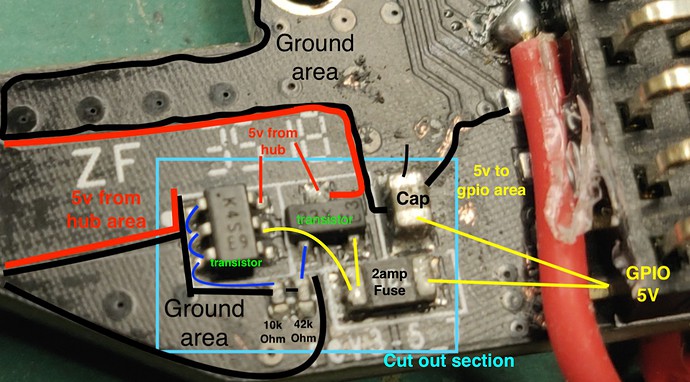
 and there would be less cutting of cables apart!
and there would be less cutting of cables apart!